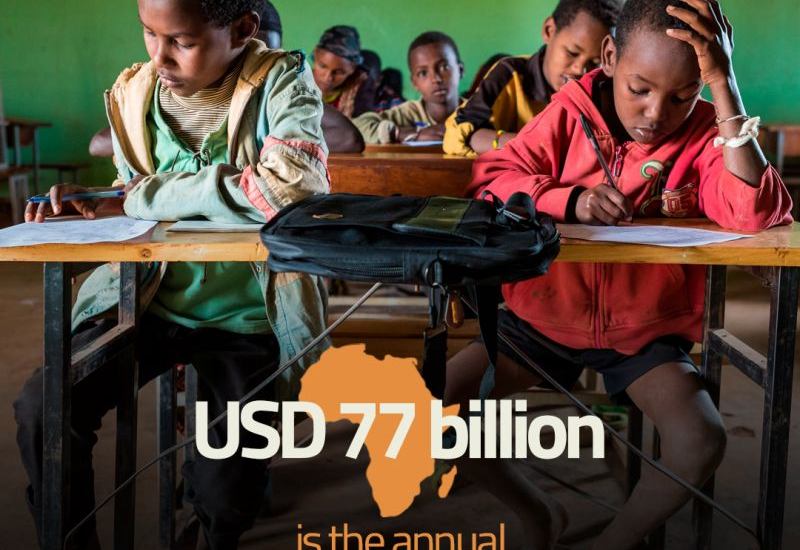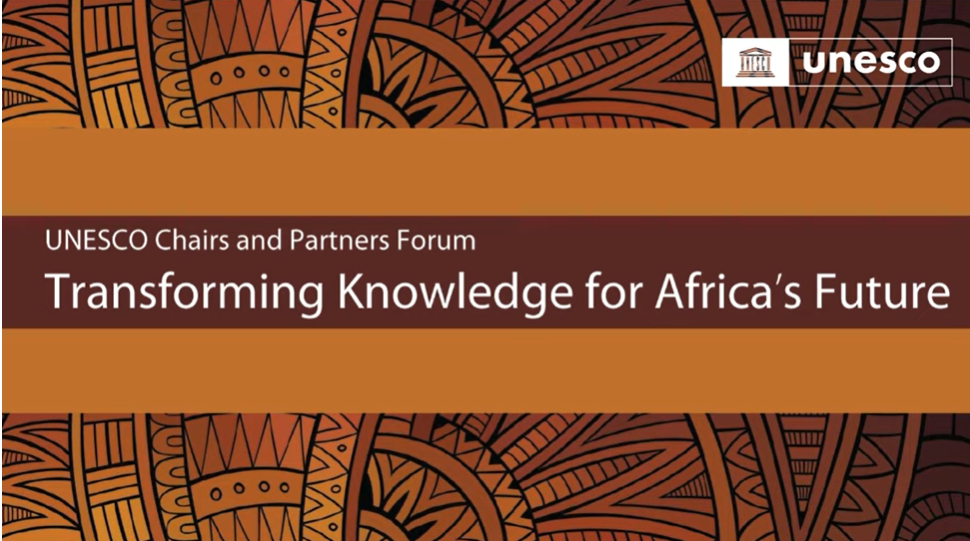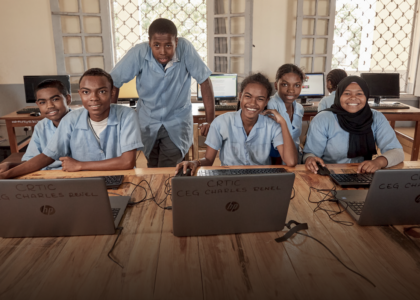Achieving the national targets in low-income and lower-middle-income African countries will cost a cumulative USD 1.5 trillion between 2023 and 2030, or USD 183 billion per year on average. Of that, the average annual cost will be USD 40 billion in
low-income and USD 143 billion in lower-middle-income countries – or a total USD 183 billion per year. The cost of pre-primary education will quadruple during the period.
Despite optimistic budget projections, many countries will not manage to increase their budgets sufficiently because of low tax revenues. As a result, the annual average financing gap between 2023 and 2030 is estimated to be USD 77 billion or 42% of the total cost of achieving the national targets. The average gap is USD 21 billion (53% of the total cost) in low-income countries and USD 55 billion (39% of the total cost) in lower-middle income countries. This annual financing gap is equivalent to 2.3% of GDP during the period.
African countries represent 56% of the low- and lower-middle-income countries (44 out of 79) but 79% of the financing gap (USD 77 out of USD 97 billion). While the annual average total budget is expected to increase from 3.4% of GDP in 2023 to 4.2% by 2027 and 4.7% by 2030, it remains limited due to the low tax base, which accounts for only 20% to 25% of total government spending, and falls short of meeting growing financing needs. As a share of GDP, the total cost is expected to increase from an average of 5.6% in 2023 to 7.1% in 2027 and 9.2% in 2030 – and 10% if post-secondary education financing needs are also taken into account.
Africa has the highest education exclusion rates, with 19% of primary schol age children and 41% of upper secondary school age youth not in school.
The 2023 model has an annual average cost of USD 183 billion and predicts an increase from 5.6% in 2023 to 9.2% in 2030 (or an average of 7.1% of GDP in 2023–30). The increase is explained by the fact that slow past progress implies a much faster increase in
student and teacher numbers, even though the targets are more modest.
The number of teachers in the model is about equal to the number of students per level of education divided by the pupil/teacher ratios. In total, it is estimated that 50% more teachers will be needed between 2023 and 2030 for low- and lower-middle-income African countries to achieve their targets in pre-primary, primary and secondary education. Pre-primary education will bear the brunt of this increase. Relative







